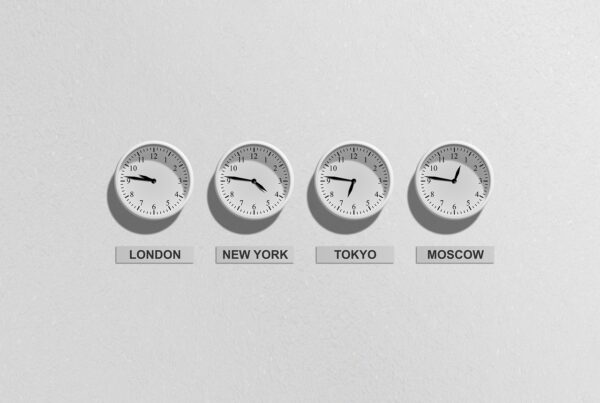Why Does My Stuff Look Like CRAP?
Years ago when I taught high school desktop publishing and web design, I would talk about a principle which is an old staple in the world of visual design. One day when I was writing this principle on the board, one of my darling learners raised his hand and said “Mrs. Baggio that spells CRAP!” To which I replied, ”Yes it does, and if you don’t do these things, that is what your design projects are going to be!” These are good design basics. Remember all visual design for learning is also good visual design.
You can find some version of this principle in any number of books on print layout and graphic design. Robin Williams discusses it in her excellent books, “The Non-Designers Design Book” and “The Design Workbook.” These principles are not new; they have been around the design world for a while. What is important is that they are used for a reason. In the world of learning, the reason to use these principles is to help the learner take in the material. Remember, good design for learning is always good design, and good visual design is always good design, but not all good visual design is good design for learning. This simple principle gives you the four basic elements for good design: Contrast, Repetition, Alignment and Proximity—or CRAP!
Most experienced graphic designers, painters, photographers and artists know about and use these elements in their work. Design for learning is, however, about so much more than just looking good. Looking good is important—very important—and applying these principles will actually help your learners take in the information. But remember, if you are interested in learning, the only thing that is important is what you can get the learner to understand.
For many trainers and instructional design neophytes these principles are something new. A friend of mine says, “I
can’t believe you use the acronym CRAP and design in one sentence.” Although I have noticed that she is now using it also when she teaches visual design, I do understand where she is coming from. While I don’t care how you remember these four elements, it is critical that you do remember them because they are essential. Essential to not only having things look “good,” but also to facilitating learning.
The Power of Attention
Arguably we have at least five senses—some experts say more. It is generally accepted that we take information in through our senses, but even this process is not all that simple. There are different accounts of how many senses we have and what role they play. In addition to the normal five senses accredited to the human being—sight, smell, hearing, touch and taste—additional sensory perceptions are often included in the list. These include temperature, balance, kinesthesis, pain and sometimes intuition (or the sixth sense). While these differing views are all part of an effort to label and classify, the fact remains that visuals quicken our ability to establish meaning and internalize information.
Vision is the sense that includes sight; it is the ability of the brain to detect images in a certain electromagnetic way in a range of light. Processing images is, however, a little more complex than just taking in a visual because we take in images on many levels. For example, electromagnetic impulses, or thoughts, are believed to be some form of energy, but there is controversy about what impacts these impulses. Furthermore, some schools of thought say that there are two or three different senses that make up the energy field called vision including sensors for color, brightness and depth perception. I believe it is even a bit more complex than that. Because visuals are also filtered through the affective domain, they are not only influenced by cognition, but they also influence and are influenced by feelings. Vision can be stimulated externally or internally. You can look at a drawing or photograph of a tree by a stream, or you can also imagine the same thing.
Many famous learning, instructional and motivational theories begin with the concept of attention. Your teachers—and your mother—always told you to pay attention, please! What is attention and why is it so important? Attention is about focus and concentration. It is the cognitive process of concentrating on a thought, emotion or thing. Visuals can grab our attention and help us hold and focus on a thought.




